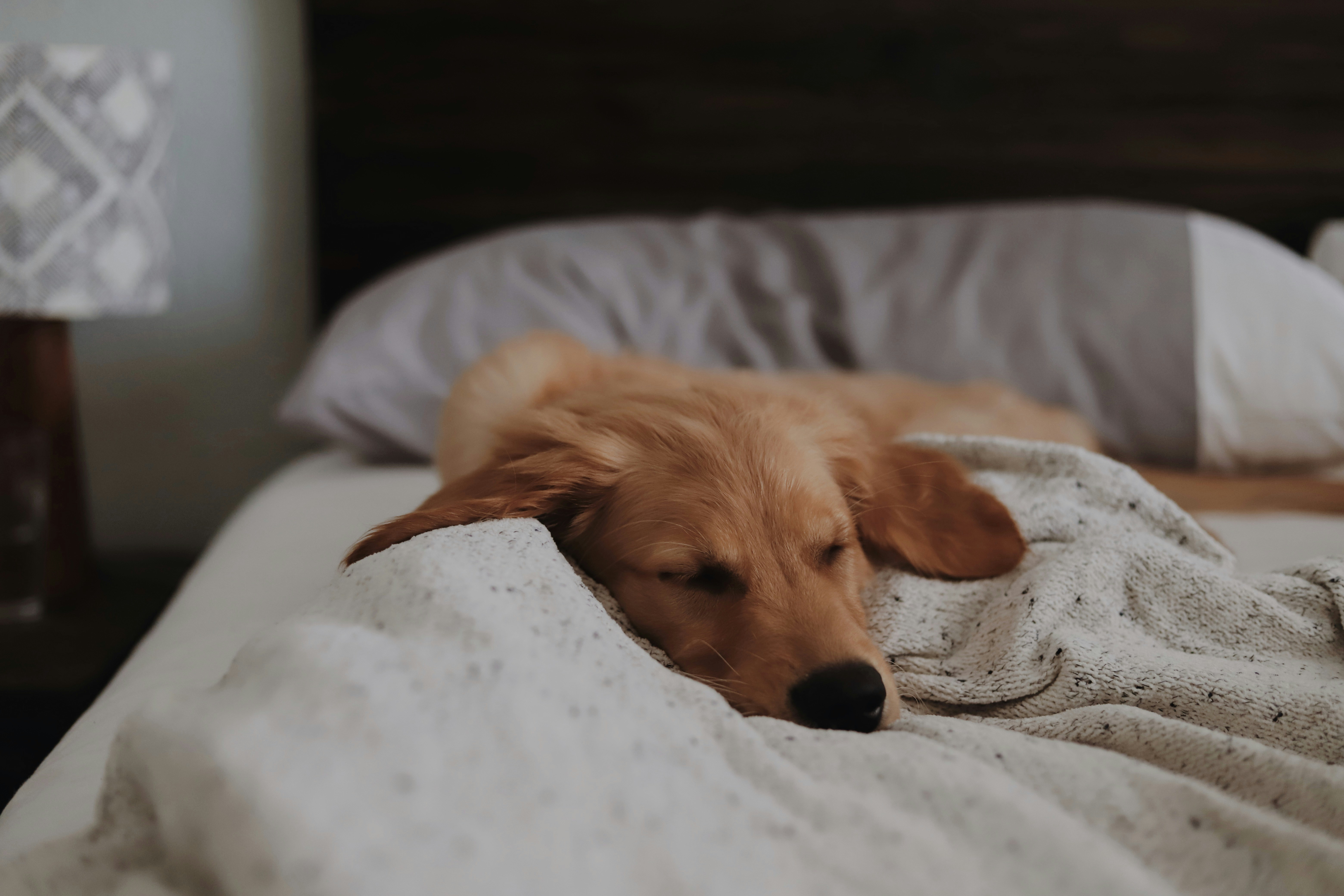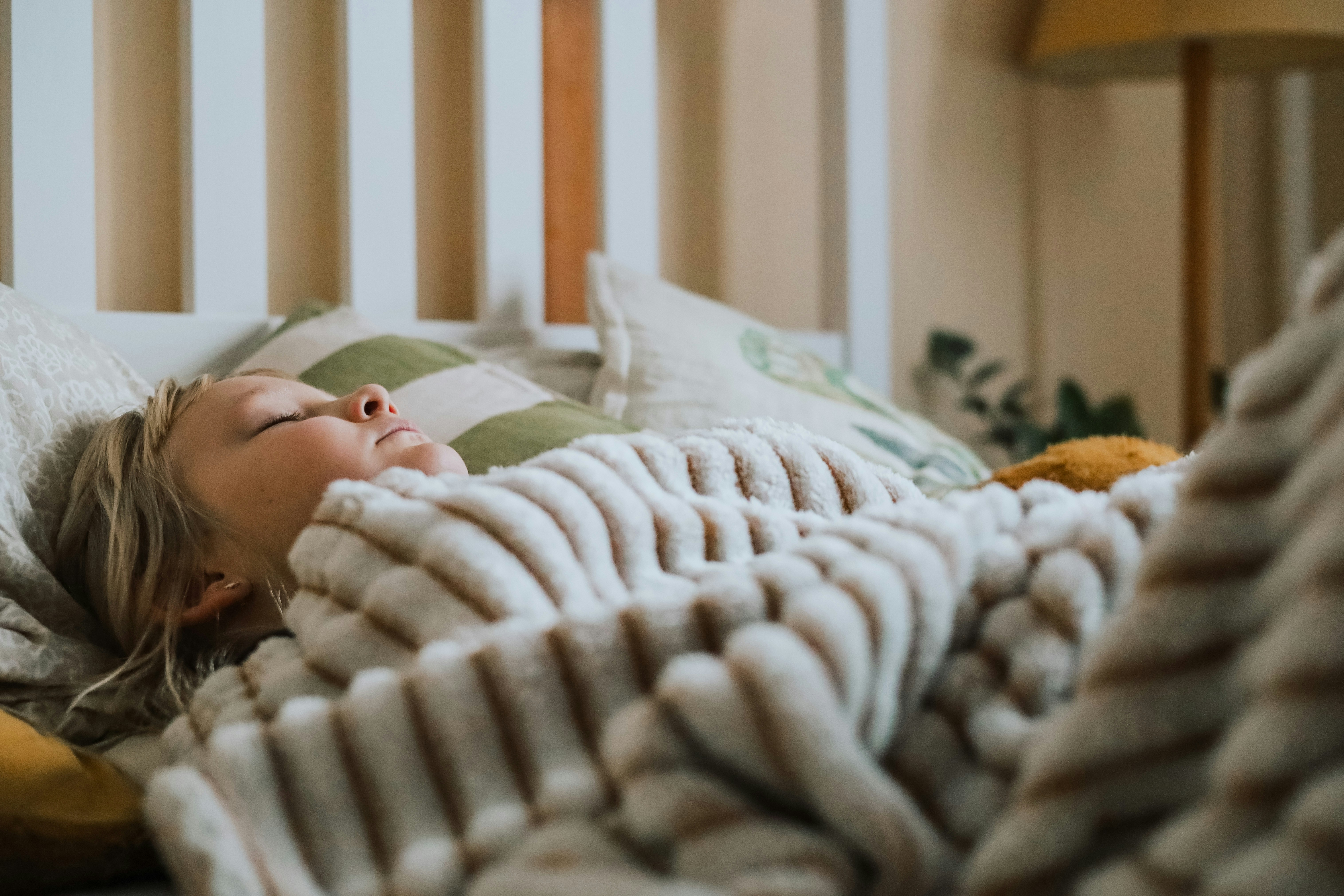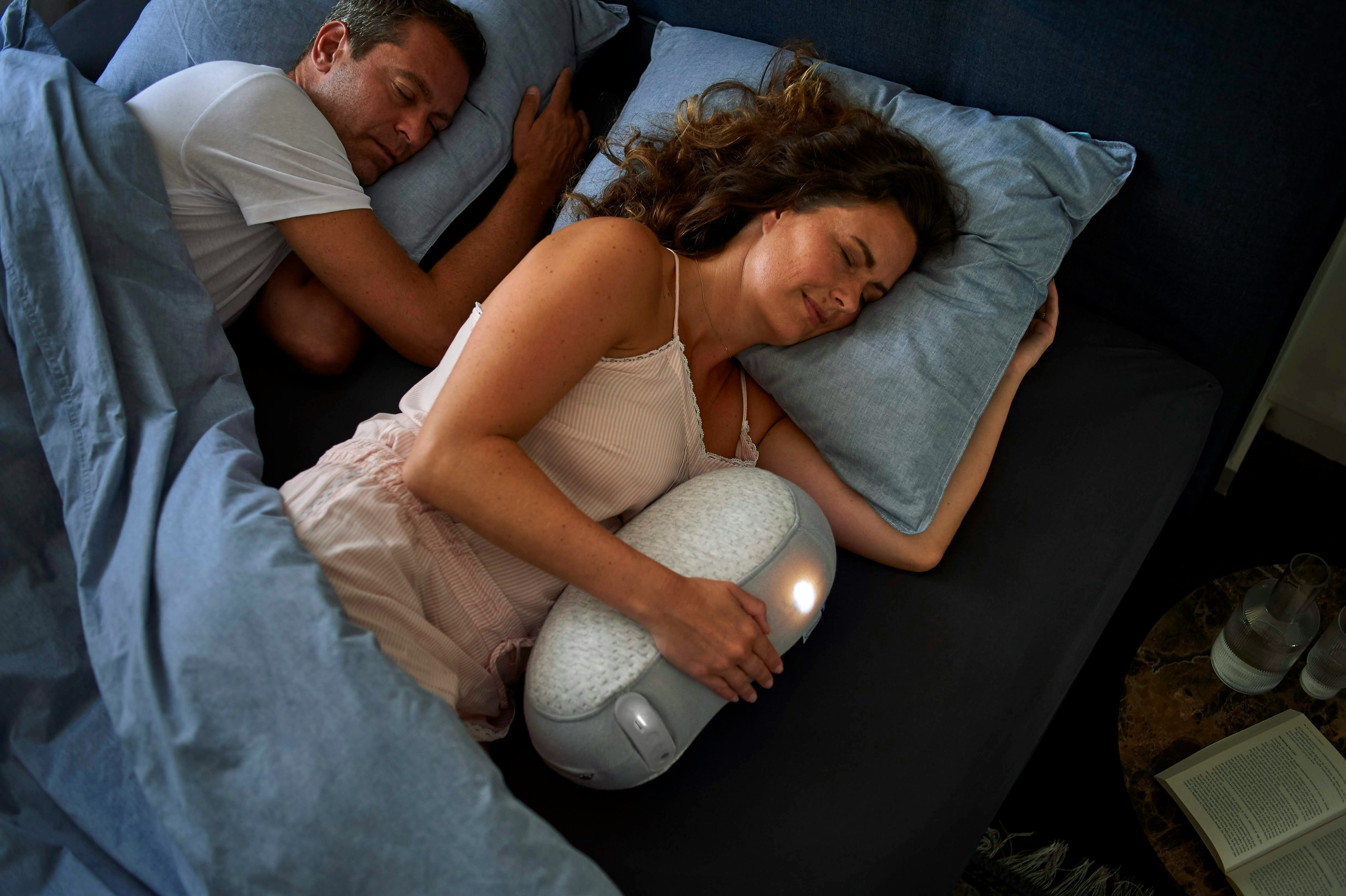Napping Like a Pro: The Science of the Perfect Power Nap 😴⚡

Introduction
Naps: the sacred tradition of drifting into a brief, blissful slumber during the day, and then waking up like you’ve just received a full night’s sleep… except it’s only been 20 minutes.
We’ve all heard about power naps, but are they actually powerful ? Or are they just an excuse to stop doing adult stuff for a while?
Let’s break it down and find out how to nap like a pro — without waking up confused, sweaty, and questioning your life choices.
1. The Anatomy of a Power Nap
A power nap isn’t just a quick doze. It’s a strategic, highly scientific snooze designed to enhance your cognitive function, boost alertness, and leave you feeling like a brand new person (for a couple of hours, at least).
The Perfect Power Nap = 10 to 30 Minutes
Why?
Anything longer can put you into deeper stages of sleep, which could leave you groggy and disoriented — not the vibe we’re going for.
The Science Behind It
- 10 minutes : Just enough time to refresh and boost energy without entering deep sleep. You’ll wake up feeling sharp and alert.
- 20 minutes : A solid option for improving focus, memory, and creativity.
- 30 minutes : You start to approach deep sleep territory, but it can still work if you’re really wiped out.
Anything beyond that? You risk entering slow-wave sleep (deep sleep), which makes you feel like a sleep zombie when you wake up.
2. Why Naps Work (And Why They’re Awesome)
We live in a culture that often glorifies "grinding" and "hustling" 24/7. But guess what? Our brains and bodies weren’t designed for non-stop action.
That’s where naps come in. Here’s why:
🧠 Cognitive Boost
Short naps enhance memory , learning , and even problem-solving . Need to tackle a tough project? A quick nap can help you come up with creative solutions. It’s like having a mini brainstorming session in your brain, while you snuggle into your favorite blanket.
🧘♀️ Stress Reduction
Studies show that a nap can lower cortisol levels (the stress hormone). So if your to-do list is making you break out into a cold sweat, a power nap is like hitting the reset button.
💪 Physical Recovery
Naps help muscles recover, which is why athletes often incorporate naps into their training. Even if you’re not lifting weights, a nap can help reduce fatigue and refresh your body after a long day.
3. The Secret to Napping Without the Guilt
We’ve all heard the “Don’t nap, you’ll be lazy” mantra. But here’s the thing — napping is not lazy , it’s strategic.
But, how can you make sure you’re not just wasting precious time drooling on your pillow?
🎯 Time It Right
Power naps are best when you feel the midday slump hitting. Typically around 1 to 3 p.m., after lunch and when your body is naturally dipping in energy. Listen to your body — if you’re tired, it’s okay to hit pause for a little while.
⏰ Set an Alarm
If you’re the type of person who could nap for 3 hours (we see you), set an alarm to make sure you wake up at the right time — around 20 to 30 minutes.
🛋️ Make It Comfortable
A good nap requires the right environment. Find a cozy, quiet spot where you won’t be disturbed. Ideally, make it a dark space (or wear an eye mask) to help your brain unwind.
4. Napping Mistakes to Avoid (Don’t Be That Person)
Napping can be a life-changing experience — but there are a few pitfalls to avoid if you don’t want to end up as a cranky, disoriented napper.
🚫 Napping Too Late
Napping too late in the day can mess with your nighttime sleep. Avoid napping after 4 p.m., especially if you’re a person who has trouble sleeping at night. The goal is to recharge, not ruin your circadian rhythm.
🚫 Napping Too Long
Anything beyond 30 minutes, and you risk entering deep sleep — the kind of sleep that leaves you waking up with the soul-crushing dread of a Monday morning.
5. Can Power Naps Replace Sleep?
Unfortunately, as much as we want to believe that a power nap could replace 8 hours of sleep, it’s not a long-term substitute. Sleep debt is a thing — meaning, if you’ve been skimping on a good night’s rest, no amount of napping will truly make up for it.
That said, naps are a great tool to bridge the gap if you’ve missed out on quality sleep or need a little pick-me-up in the afternoon.
6. The Nap Myths We Need to Unlearn
We’ve been fed a lot of nap-related myths over the years. Time to debunk some of them:
Myth #1 : Napping makes you lazy.
Truth : Napping can actually make you more productive and energized. It’s not a waste of time — it’s an investment in your well-being.Myth #2 : Power naps are only for people who are sleep-deprived.
Truth : Even well-rested people can benefit from a quick nap. It’s all about boosting performance and focus.Myth #3 : You can’t nap if you’re not tired.
Truth : Napping isn’t just for when you’re exhausted . A short nap can serve as a quick recharge, even if you don’t feel like you’re about to fall asleep.
Conclusion
If you're looking to level up your sleep game, it's time to embrace the power nap . Whether you’re recharging for the rest of the day or simply indulging in a mid-afternoon brain break, naps are your ticket to a more productive, less stressed, and more energetic version of yourself.
Remember: it’s all about timing , comfort , and moderation . A well-timed nap is like a secret weapon for your brain.
So go ahead, set that alarm for 20 minutes, close your eyes, and let your brain take a mini vacation.
“A nap a day keeps the grumpiness away.” — probably some sleep scientist out there.




